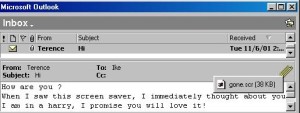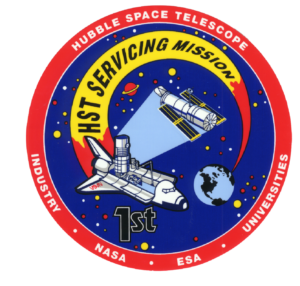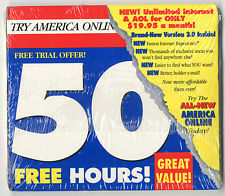Archive for December 2023
RIAA Sues Napster
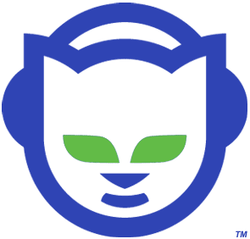
The Recording Industry Association of America sues the peer-to-peer file sharing service Napster alleging copyright infringement for allowing users to download copyrighted music for free. The RIAA would eventually win injunctions against Napster forcing the service to suspend operations and eventually file bankruptcy. In the end the RIAA and its members would settle with Napster’s financial backers for hundreds of millions of dollars.
While the case was ostensibly about copyright violations, the bigger picture for the RIAA was also about control. The recording industry in general was caught with its pants down when it came to digital music and the Internet. They were not prepared for the sudden popularity of digital music downloads that Napster introduced and were not ready with a model to monetize downloaded music. This lawsuit, along with future lawsuits targeting individuals, was intended to squash the practice of downloading music as much as it was to recover compensation. However, the practice of downloading music could not be stopped as other non-centralized peer-to-peer file sharing services popped up in place of Napster. Faced with the ever increasing tide of users downloading music for free, eventually the recording industry reluctantly got on board with commercialized music downloading services like the iTunes Music Store. However they still lost a great deal of control over the marketplace. Leveraging the huge success of iTunes, Apple enforced a strict pricing policy much to the consternation of the record companies. By creating a de-facto pricing standard for downloaded music, Apple became the major powerhouse in the music industry. The runaway success of iTunes also had the effect of Apple displacing established retail and radio outlets as the gatekeepers of popular music. As well, the ability for artists independent of record companies to distribute their music and gain followings greatly disrupted the control the RIAA and its members had over the music industry. While the RIAA may have taken down Napster, what Napster started completely changed the direction of both the music and technology industries.
Apple Sues over QuickTime
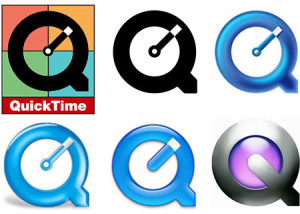
Apple sues the San Francisco Canyon Company alleging they helped Intel and Microsoft steal code developed under contract for QuickTime for Windows.
Apple first released QuickTime for the Macintosh in December 1991 and then contracted the San Francisco Canyon Company to port QuickTime to Windows in 1992. Microsoft’s competing Video for Windows technology was not as advanced as Apple’s QuickTime, even when it came out a year after QuickTime. In 1993, Intel hired the San Francisco Canyon Company to help them optimize their own video technology. Later in 1993 Intel and Microsoft combined their efforts to improve Video for Windows, releasing a version that was significantly improved and roughly matched the quality of QuickTime. Apple discovered that code developed by the San Francisco Canyon Company for QuickTime was also present in the improved version of Video for Windows and sued the San Francisco Canyon Company in 1994. In 1995 Apple expanded the lawsuit to include Intel and Microsoft, claiming that the companies knowingly used the San Francisco Canyon Company to help them steal the QuickTime code. It was later revealed that Apple was threatening Microsoft with a multi-billion dollar lawsuit, that was famously settled by Steve Jobs and Bill Gates in 1997. This settlement is now believed to have helped Apple survive long enough to transform themselves in the 2000’s, ushering in the mobile device revolution and The New World of Technology.
Initial ARPANet Completed
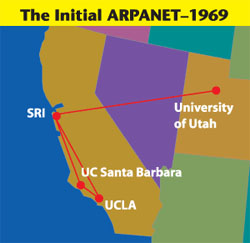
The University of Utah becomes the fourth node on the ARPANet*. This completed the planned original nodes on the experimental network that would eventually evolve into what we now know as the Internet.
*Some sources claim this date as December 1st. I can not yet find a definitive source.
Goner Worm Hits Internet
Disguised as a screen saver and spread through an infected user’s Microsoft Outlook e-mail software, the Goner worm spreads through the Internet at a pace second only to the Love Bug virus the previous year. Goner was estimated to cause about $80 million dollars in damage.
Hubble Space Telescope Servicing Begins
The Space Shuttle Endeavour captures the Hubble Space Telescope to begin the first servicing mission of the flawed satellite. Over the next 5 days a variety of repairs and upgrades are completed, most notably the installation of the Corrective Optics Space Telescope Axial Replacement (COSTAR) and the Wide Field and Planetary Camera 2 (WFPC2) modules that together were able to compensate for the flaw in the Hubble’s main mirror. Once these corrections were made, the Hubble Space Telescope was, after 3 years, finally able to fulfill its promise of delivering detailed imagery that was not possible with Earth-based telescopes.
Segway Unveiled
Inventor Dean Kamen unveils the Segway self-balancing, battery-powered vehicle on the TV show Good Morning America. The Segway uses computers and motors in its base to keep itself upright while the user is riding it. Users shift their weight to control the Segway. While not considered a commercial success, the Segway has definitely become a familiar icon of personal transportation.
Apple Releases QuickTime
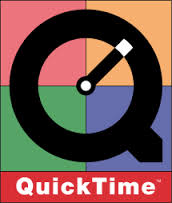
Apple releases version 1.0 of QuickTime, a multimedia extension for playing color video, transforming the capabilities of personal computers. Before QuickTime, only specialized computers could play color video. QuickTime allowed anyone with a personal computer to do so and it changed the history of computing – in more ways than one. It was the patent infringement battle over QuickTime that led to the now-famous truce between Steve Jobs and Bill Gates in 1997 that helped Apple survive long enough to transform itself in the 2000’s.
Business.com is Big Business

The domain name business.com sells for $7.5 million. At the time, it was the most expensive domain name sold in history and still ranks in the top 15 all-time most expensive domain names. Domain name investor Marc Ostrofsky had purchased the domain in the mid 90’s for $150,000.
In 2007 the company that owned Business.com and created a ad network website around the domain sold for $345 million to Yellow Pages publisher R.H. Donnelly. Marc Ostrofsky reportedly owned a stake in this company as well.
If only I had the foresight in the 90’s to buy up simple domain names when they were all available! I was in the right position to do so, but I just didn’t think of doing it until years later when they had already been registered and started selling for crazy amounts of money. However, I did help my parents sell a domain they registered in the 90’s for $20,000. Looking back now, I probably could have gotten a lot more for it.
AOL Goes Unlimited
America Online launches a new subscription plan offering their subscribers unlimited dial-up Internet access for $19.95/month. Previously, AOL charged $9.95/month for 5 hours of usage. The new plan brought in over one million new customers to AOL within weeks and daily usage doubled among subscribers (to a whole 32 minutes per day!). This huge increase in usage overloads AOL’s infrastructure with the result being that many of their subscribers could not access the service. Class action lawsuits were filed by angry subscribers who could no longer access the service they were paying for. Regardless of their trouble, by offering unlimited Internet access for a reasonable fee, AOL helped facilitate increased adoption of Internet usage among a public still becoming acclimated to the “Information Superhighway”.
Project Gutenberg Launched
Michael Hart, founder of what is now known as Project Gutenberg, launches the project by making his first posting, the Declaration of Independence. Now known as the father of eBooks, earlier in the year Hart had been given an operator’s account on a mainframe at the University of Illinois, where he was a student. Having been given highly valuable computer time when few people had such opportunity, he decided to begin a project that would digitize and electronically preserve public domain books and texts and make them freely available. The Xerox Sigma V mainframe at the Materials Research Lab at the University of Illinois just happened to be one of the first 15 nodes on the early ARPANet, the beginning of the modern Internet. The ability to for anyone connected to this network to download information was a major inspiration for Hart to begin Project Gutenberg.

